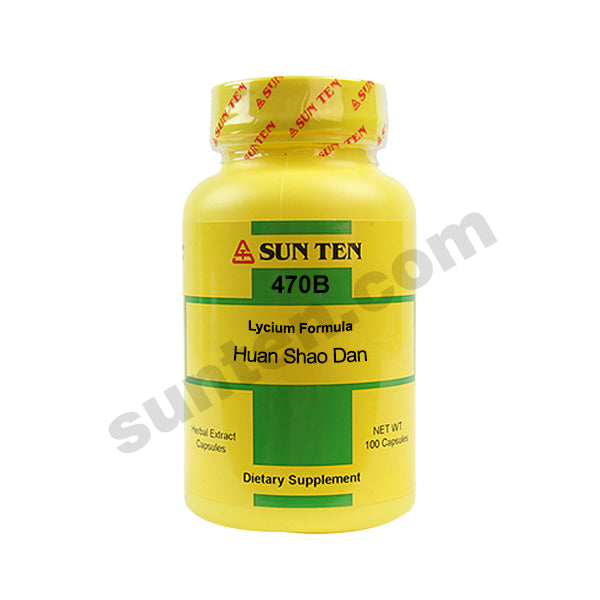Huan Shao Dan
Lycium Formula Capsules | 還少丹
Practitioners: Please LOGIN to view the wholesale price. This item can only be purchased by a licensed practitioner. Find a practitioner
Ingredients: Rhizoma Dioscoreae (shan yao), Radix Achyranthis bidentatae (huai niu xi), Poria (fu ling), Fructus Corni (shan zhu yu), Fructus Broussonetiae (chu shi), Cortex Eucommiae (du zhong), Fructus Schisandrae chinensis (wu wei zi), Radix Morindae officinalis (ba ji tian), Herba Cistanches tubulosae (rou cong rong), Radix Polygalae (yuan zhi), Fructus Foeniculi (xiao hui xiang), Rhizoma Acori tatarinowii (shi chang pu), Radix Rehmanniae praeparata (shu di hiang), Fructus Lycii (gou qi zi), Fructus Jujubae (da zao).
| Mandarin: 還少丹 Pin-Yin: Huan Shao Dan English: Lycium Formula Korean: 괴화산 Romaji: Kan Sho Tan Kanji: 還少丹 Kampo: No |

